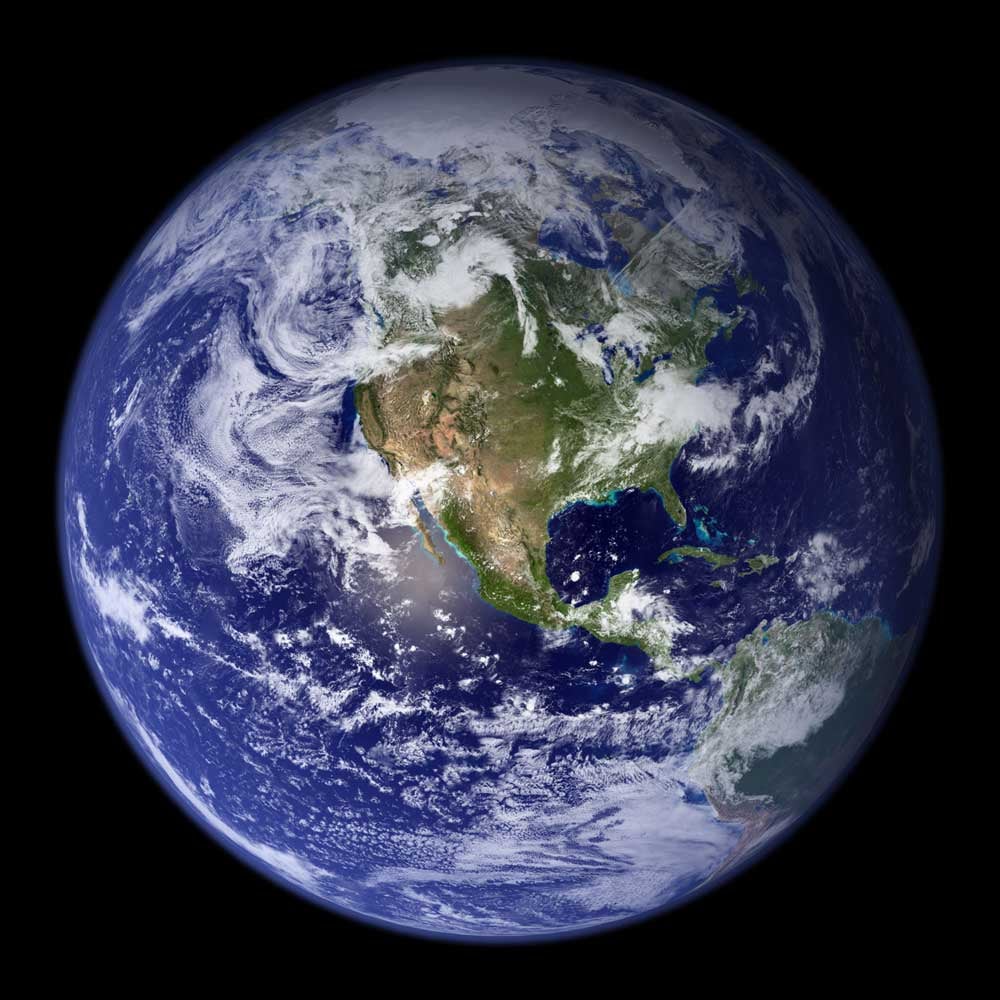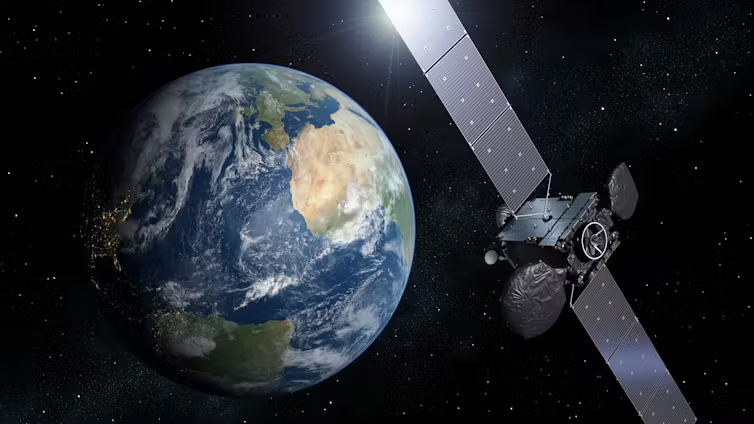Actually, comets may not be the most important source of Earth’s water. Computer simulations show that the scattering of comets inward from the realm of the giant planets was inefficient, and Jupiter and Saturn scattered most of these icy bodies out of the solar system. Also, the fraction of heavy hydrogen (called deuterium) in water in at least some comets differs from what scientists measure in Earth’s oceans (although Comet 103P/Hartley provides a good match).
An alternative possibility is that Jupiter scattered primitive bodies in the region now called the asteroid belt, and those objects collided with Earth. Rather than very small bodies, as is currently the case, the objects in this region may have been the size of the Moon or Mars — but with the composition of today’s asteroids. Because these bodies were already closer to the Sun than Jupiter, the giant planet could have scattered them efficiently toward Earth.
We know that meteorites contain the same fraction of deuterium, on average, as Earth’s water does. A variant on this idea has Jupiter plowing into the primordial asteroid belt, dragging both icy bodies and asteroid material inward, so Earth’s water may have come from comets and asteroids.
The origin of water itself lies in the stability of the water molecule: It forms readily in interstellar clouds and is likely the most abundant solid-forming material in planetary systems.
An alternative possibility is that Jupiter scattered primitive bodies in the region now called the asteroid belt, and those objects collided with Earth. Rather than very small bodies, as is currently the case, the objects in this region may have been the size of the Moon or Mars — but with the composition of today’s asteroids. Because these bodies were already closer to the Sun than Jupiter, the giant planet could have scattered them efficiently toward Earth.
We know that meteorites contain the same fraction of deuterium, on average, as Earth’s water does. A variant on this idea has Jupiter plowing into the primordial asteroid belt, dragging both icy bodies and asteroid material inward, so Earth’s water may have come from comets and asteroids.
The origin of water itself lies in the stability of the water molecule: It forms readily in interstellar clouds and is likely the most abundant solid-forming material in planetary systems.
Jonathan Lunine
Cornell University, Ithaca, New York
Cornell University, Ithaca, New York










